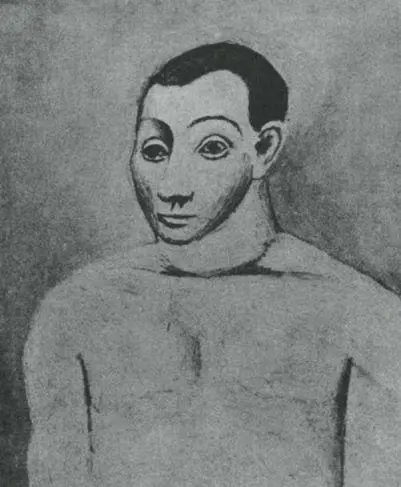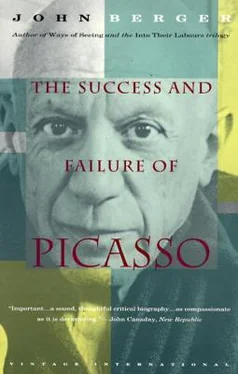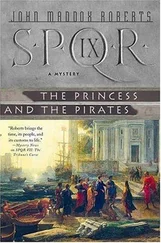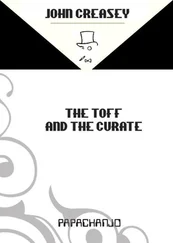83 Picasso: Nude with a Musician , 1942 (Musée National d’Art Moderne, Paris)
84 Picasso: First Steps , 1943 (Yale University Art Gallery)
85 Picasso: Portrait of Mrs H.P. , 1952 (private collection)
86 Van Gogh: Portrait of the Chief Superintendent of the Asylum at Saint-Remy , 1889 (Mrs Dübi-Müller collection)
87 Picasso: Nude on a Black Couch , 1932 (Mrs Meric Gallery, Paris)
88 Picasso: The Mirror , 1932 (private collection)
89 Picasso: Woman in a Red Arm-chair , 1932 (reproduced by courtesy of the Trustees of the Tate Gallery, London)
90 Picasso: Nude , 1933
91 Picasso: Head of Woman (bronze), 1931–2 (private collection)
92 Picasso: Sculptor and Model Resting , 1933
93 Picasso: Page of drawings, 1936
94 Picasso: Head of a Woman , 1943
95 Picasso: Young Girl and Minotaur , 1934–5
96 Picasso: Guernica , 1937 (on extended loan to the Museum of Modern Art, New York, from the artist)
97 Siqueiros: Echo of a Scream , 1937 (Museum of Modern Art, New York gift of Edward M. M. Warburg)
98 Picasso: Bull, Horse, and Female Matador , 1934
99 Picasso: Crying Woman , 1937
100 Picasso: Still-life with Bull’s Skull , 1942 (the estate of André Lefèvn collection)
101 Picasso: Dove (poster)
102 Delacroix: Les Femmes d’Alger , 1834 (Louvre, Paris)
103 Picasso: Les Femmes d’Alger , 1955
104 Velázquez: Las Meninas , 1656 (Museo del Prado, Madrid)
105 Picasso: Las Meninas , 1957
106 Picasso: Bullfight , 1934 (Victor W. Ganz collection)
107 Picasso: Nude and Old Clown , 21 December 1953
108 Picasso: Young Woman and Old Man with Mask , 23 December 1953
109 Picasso: Young Woman and Monkey , 3 January 1954
110 Picasso: Young Woman and Cupid with Mask , 5 January 1954
111 Picasso: Young Woman with Cupids , 5 January 1954
112 Picasso: Girl, Clown, Donkey, and Monkey , 10 January 1954
113 Picasso: Old Clown and Couple , 10 January 1954
114 Picasso: Couple with Masks , 24 January 1954
115 Picasso: Old Man and Young Woman with Masks , 25 January 1954
116 Picasso: Girl, Clown, Mask, and Monkey , 25 January 1954
117 Picasso: Painter and Model , 24 December 1953
118 Picasso: Painter and Model , 25 December 1953
119 Picasso: Woman, Apple, Monkey, Man , 26 January 1954
120 Picasso: Woman and Monkey Painting , 10 January 1954
121 Tintoretto: Woman with Bare Breasts (Museo del Prado, Madrid)
122 Giorgione: Old Woman , c. 1569 (Galleria dell’Accademia, Venice)
123 Titian: Vanity of the World , 1515 (Alte Pinakothek, Munich)
124 Picasso: Nu couché , 5 October 1972 (Musée Picasso, Paris)
I wrote this book more than twenty years ago. When it first came out, in 1965, it was attacked in many places, if not everywhere, as being insolent, insensitive, doctrinaire and perverse. In England, the land of Gentlemen, it was also dismissed as being in bad taste. Picasso was still alive and at the height of his fame. Hagiographic books and articles came out every year. The critical response to my book somewhat surprised me. I thought I had written an essay informed by sympathy for the artist and the man it concerned. Perhaps now, with the passing of the years, this sympathy for the protagonist of the story I tell is more evident.
For example, the essay begins by discussing Picasso’s wealth, a beginning which was, at the time, considered vulgar and tasteless. To translate the sums of money I mention into current currency, one should multiply by at least ten. Then Picasso died. Soon afterwards, the internecine litigations concerning his estate began. More recently, one has witnessed similarly sordid affairs following the deaths of other artists: Salvador Dali, for instance. So long as works of art are primarily objects of spectacular investment, such situations are bound to occur. The point, however, is that the alienation which this implies is usually first suffered as a solitude (the solitude of the bank vault) by the ageing artist. This solitude was the starting point of my essay, and as I re-read it, I find that time has also confirmed many other points I made.
There is, however, an omission. When writing this book I failed to give enough importance to certain typical works which Picasso painted between 1902 and 1907. To put it simply, I was too impatient to arrive at the moment of Cubism. In failing to give enough attention to this early period, I missed, I think, a clue about Picasso’s essential nature as an artist. I felt the nature of his genius, I talked around it, but I failed to formulate it well enough. Perhaps I can make good this omission.

a. Picasso. Self-Portrait. 1906
Painting is the art which reminds us that time and the visible come into being together, as a pair. The place of their coming into being is the human mind, which can coordinate events into a time sequence and appearances into a world seen. With this coming into being of time and the visible, a dialogue between presence and absence begins. We all live this dialogue.
Consider Picasso’s Self-Portrait , of 1906. What is happening in this painting? Why can this apparently uneventful image move us so deeply?
The young man’s expression — not untypical for a man of twenty-five — is solitary, attentive, and searching. It is an expression in which loss and waiting combine. Yet, this is at the level of literature.
What is happening plastically? The head and body are pressing towards the visible, are searching for a perceptible form, and have not fully found it. They are just at the point of finding it, of alighting on it — like a bird on a roof. The image is moving because it represents a presence striving to become seen.
Metaphorically speaking, this is a fairly common experience. What is extraordinary is that Picasso here finds (stumbles upon but somehow recognises) the painterly means necessary to express this tentative but almost desperately urgent coming-into-visibility. Between 1902 and 1907, the years leading up to the Demoiselles d’Avignon and including the first proto-Cubist works, he painted and drew numerous images which express the first hope of a settlement with the visible: a settlement which offers an assurance — an assurance which just before seemed impossible — of being seen.
In the self-portrait, there are pictorial devices which aid the expression of this just-coming-into-visibility: the way that the flesh-coloured pigment spills over the outlines; the minimal, unfinished painting of the shadows; the lines of the facial features, painted on rather than into the face — like figures painted on a vase. (‘He is like Adam the instant after he was created and before he drew his first breath.’)
In other paintings of the same period he used other devices. I doubt whether his use of them was conscious. The means used were engendered by a profound intuitive conviction, a conviction which lay at the heart of Picasso’s activity as a painter. Picasso did not accept visual reality as innate and inevitable. On the contrary, he was always aware that anything he saw might have taken a different form, that behind what is visible lie a hundred other unchosen visible possibilities.
Читать дальше













